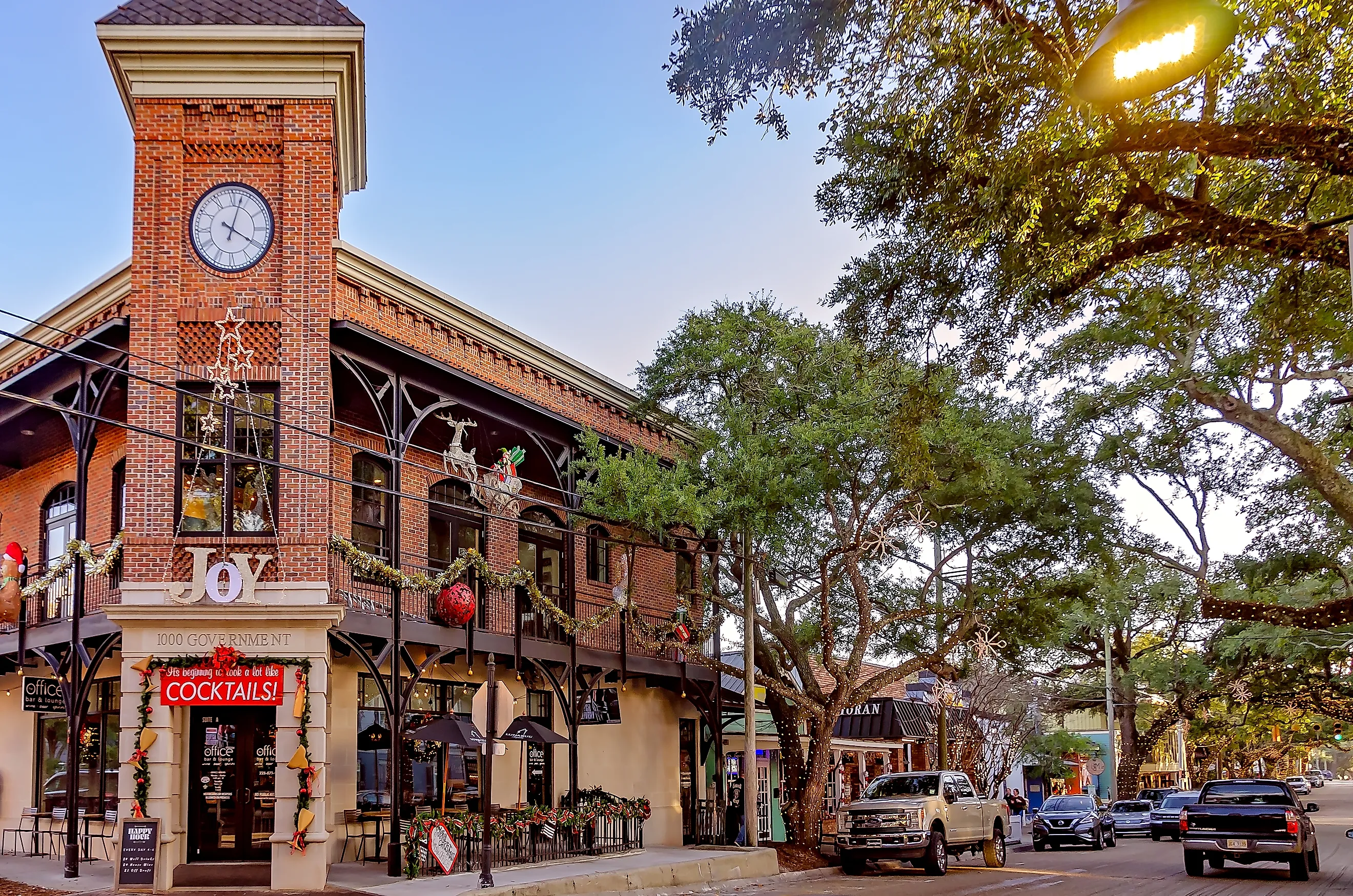
8 Towns In Gulf Coast That Transport You To The Past
The Gulf Coast spans five southern states, from Florida to Texas, and borders the Gulf of Mexico. The area is eclectic, with white sand beach towns reminiscent of the Caribbean and small country towns with a coastal vibe. Multiple towns have unique histories and preservation areas to protect the valuable ecosystem so enjoyable for many. In states like Florida, where most vacationers head off to the concrete jungle to stand in crowds all day, the historic towns bring you to a simpler time. These towns remind visitors of what the entire coast looked like years ago, and many yearn to go back there. Check out these eight towns along the Gulf Coast that help you travel back in time and uncover the fascinating past of the Gulf Coast.
Apalachicola, Florida
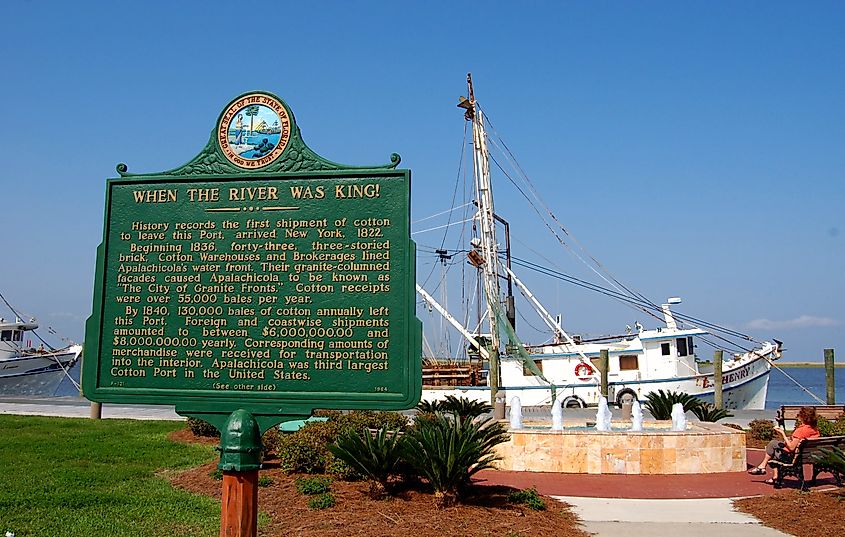
The historic and charming fishing town of Apalachicola, Florida, is famous for its oysters and coastal charm. The town is a veritable history museum, with historic squares as the centerpiece. Six squares were part of the town's development boom in the 19th and early 20th centuries: City, Chapman, Gorrie, Franklin, Madison, and Washington. Today, they are included in the Apalachicola Historic District.
The historic squares, part of the original plan, start at Fifth and Sixth Streets for the residential areas and contain the highest density of pre-1860s architecture. Gorrie Square, named after a prominent doctor, is home to Trinity Episcopal Church, which has several Gorrie Square landmarks. Exploring the squares and historical markers is worthy of a trip by themselves. Combine this exploratory tour with landmarks like the fishing fleet docks, and the visit will transport you to the past.
Cedar Key, Florida
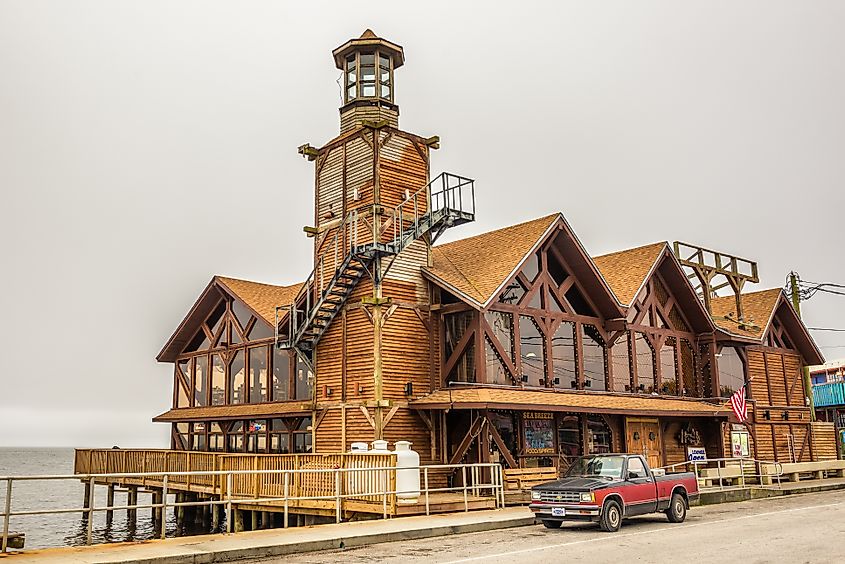
Cedar Key is a historic barrier island off the Nature Coast in Florida. It is surrounded by the National Wildlife Refuge and smaller islands frequently visited by kayakers. The mainland is one of the last vestiges of "old Florida," which is its main draw for many. Cedar Key Museum State Park should be the first stop for new visitors looking for the historic side of the island.
The museum encompasses 18 acres and includes vintage 1950s-1960s exhibits by the University of Florida design team. The museum tastefully explores the history of the island and the surrounding Gulf Waters. The Whitman Home is also on the grounds, commemorating St. Clair Whitman's life and her collection of Native American artifacts and seashells from the island.
Fort Morgan, Alabama
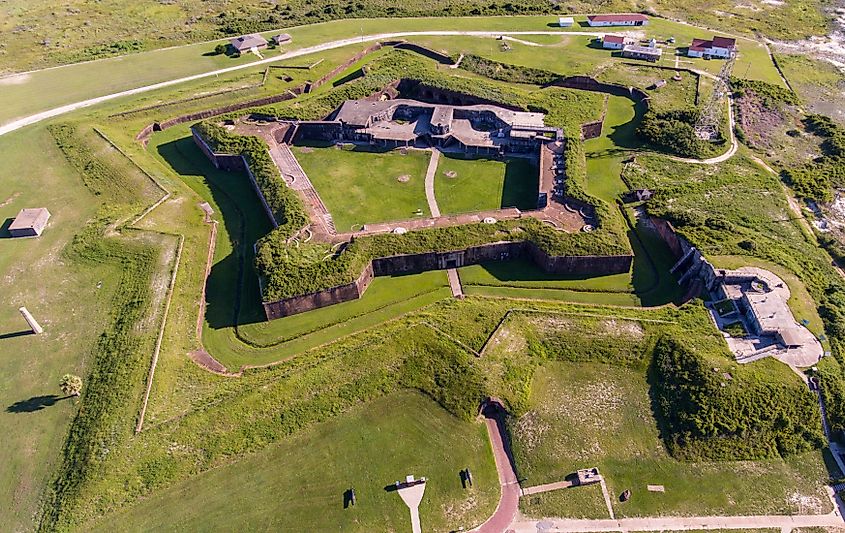
Fort Morgan was a critical military fortitude during the American Civil War that protected Mobile Bay, Alabama. Also known as Fort Bowyer, it is near Gulf Shores and Orange Beach, popular summer destinations. The small log and sand fortification was completed in 1834 after taking 15 years due to its remote location.
Launching a kayak from the Fort Morgan Boat Launch is a pristine way to view the fort's exterior, especially in the warmer months. Fort Morgan Museum honors Mobile Bay's military history from 1814 to 1945 and features weapons, uniforms, letters, and other personal items. The homage is a subtle way to discover another historical side of the popular tourist town.
Bayou La Batre, Alabama
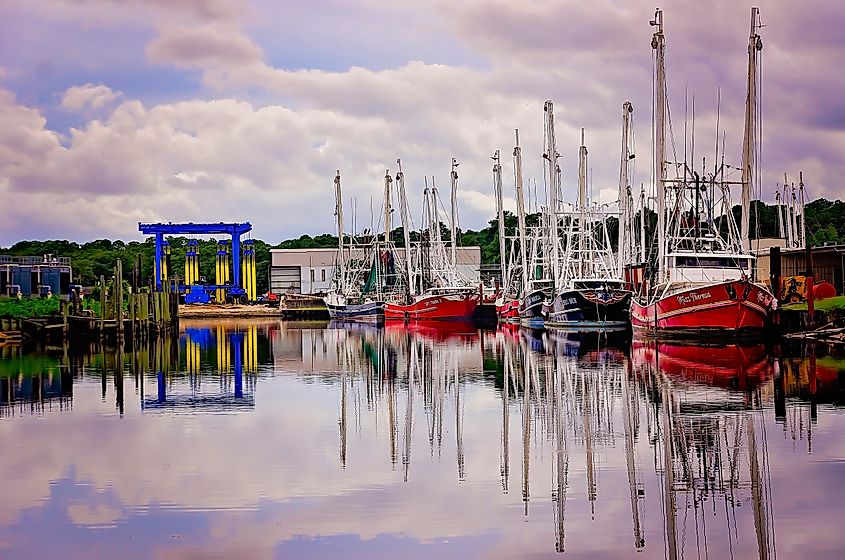
Bayou La Batre is a small barrier island on the southern shores of Alabama. The state recognizes the fishing village along the Mississippi Sound as the "Seafood Capitol of Alabama." A historic marker greets visitors with a brief synopsis of the town's history, including its founding in 1786 and the significance of its French name.
While exploring the island, you can walk through the historic neighborhoods, which include the Swift-Coles House, Royal Oaks Mansion, and George Leatherbury House. Several movies either reference this coastal community or were filmed here, and the atmosphere and throwback charm are the primary reasons. And, of course, don't forget to visit the docks and watch fishing boats come and go, which makes Bayou La Batre so famous.
Natchitoches, Louisiana
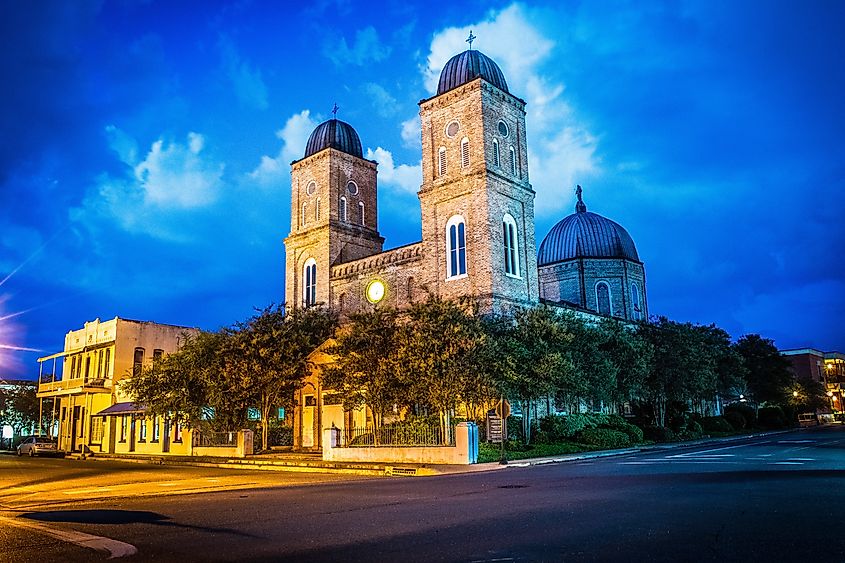
The storied town of Natchitoches, Louisiana, is a melting pot of cultures, including Native American, French, and American. The town has historical sites like the Cane River National Historical Park and Heritage Area. The park has just over 44 acres with 47 historic structures and 18 acres of preserved Magnolia, the state tree.
One would be remiss to head out of town without a trip to the historic downtown. Front Street is the heart of the district and leads past brick storefronts like the Kaffie-Fredericks General Mercantile Store, standing proud since 1884. The town embodies the true spirit of Mississippi, with natural beauty and historic sites. It is no wonder Steel Magnolias was filmed here. There may not be another town that captures Mississippi culture so well.
Ocean Springs, Mississippi
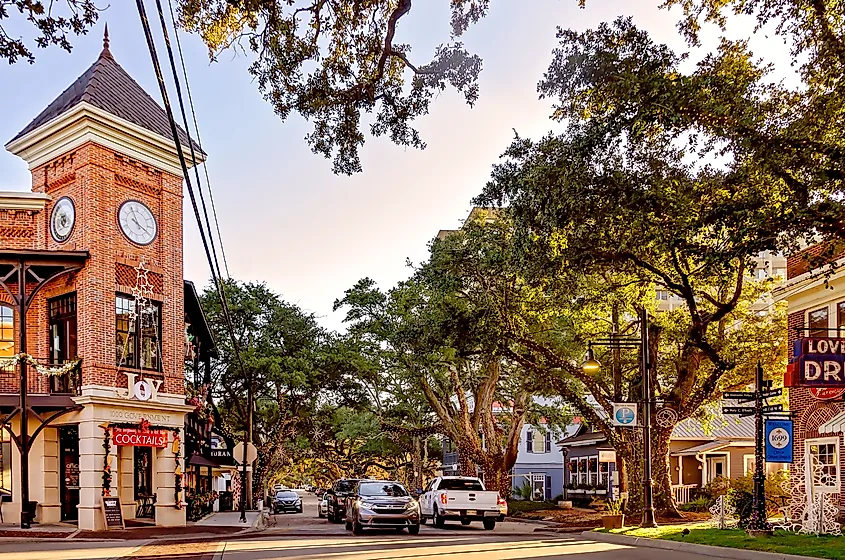
The French settled present-day Ocean Springs, Mississippi, in 1699, looking for the Mississippi River. The coastal community has many historical sites to explore and historical markers revealing its long cultural history. Along with studying the French history that ties in with neighboring Louisiana, touring the historical homes will transport you to the past.
The residential areas include the notable O'Keefe Home, ca. 1850s, on the corner of Jackson and Porter Streets. Other noteworthy homes are the Bel-Vue, considered the oldest in town, with its heritage dating back to at least the 1850s. The Schmidt Estate overlooks the Mississippi Sound and includes small islands and ponds.
Biloxi, Mississippi
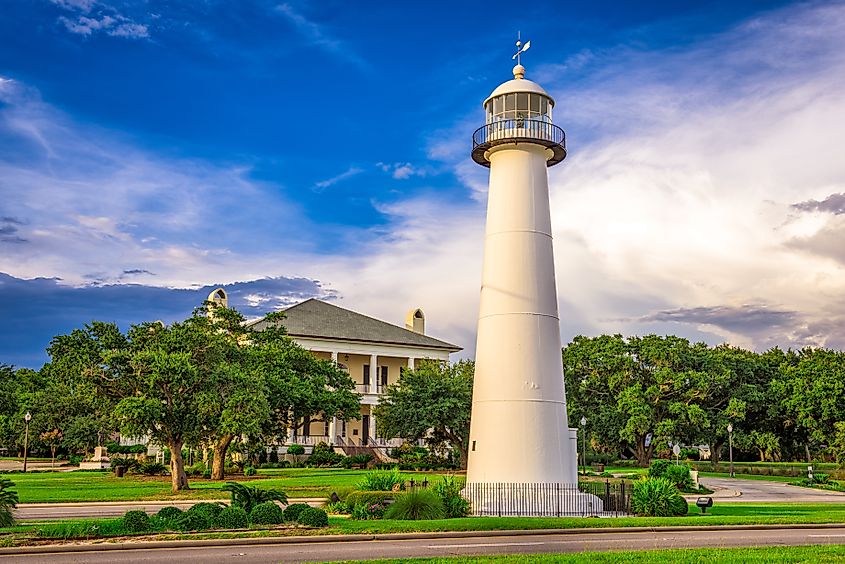
Of all the historic sites in Mississippi, perhaps none are as iconic ast the Biloxi Lighthouse. Erected in 1848, authorized by Jefferson Davis, received its fourth-order Fresnel lens in 1856. Also on Beach Boulevard is Beauvoir, Jefferson Davis' estate, and the Presidential Library. The manicured grounds lends an air of aristocracy found during this era.
The elegant home is also a research center and is available for public tours. The Old Brick House, also known as The Rodgers House's history dates back to 1874 when the land was obtained as a Spanish Land Grant. After passing through the hands of several owners, the Rodgers House is now on the National Register of Historic Homes.
South Padre Island, Texas
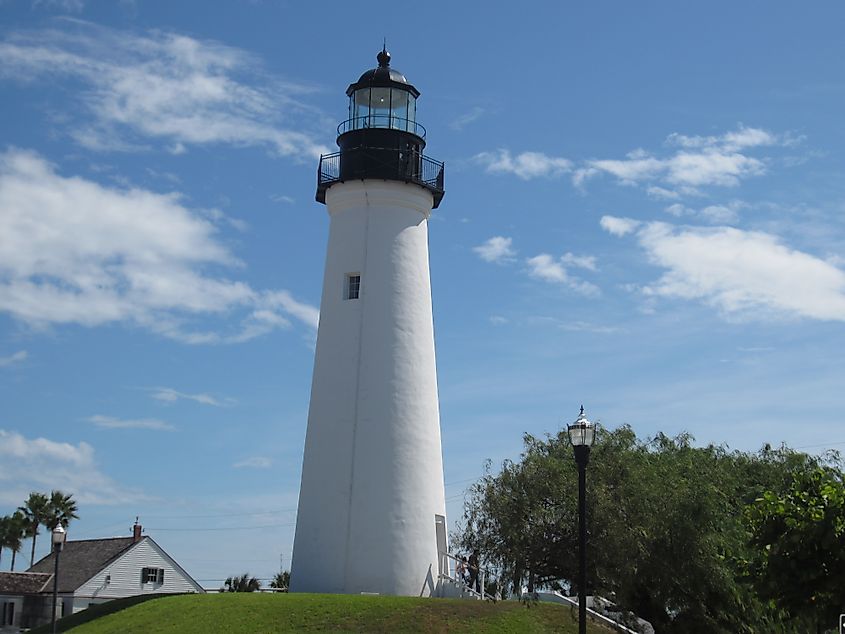
Padre Island, Texas, is divided into two halves. North Padre Island is a popular Spring Break destination, while South Padre is known for its preservation and natural areas. The historic landmark is the Port Isabel Lighthouse. The Port Isabel Historical Museum is on the grounds and delves into the area's Gulf Coast history through exhibits and photographs.
The lighthouse was erected in 1852, and the Centennial marker is still in front of one of the oldest functioning lighthouses along the Texas Coast. The site is also home to Fort Polk, located on an abandoned Mexican village from the 19th century. The fort was abandoned in 1850 and used to build Isablel Lighthouse two years later by a schooner.
The Gulf Coast offers white sand beaches, a low-key atmosphere, and tropical-colored water. While many towns like Panama City Beach are famous for being party towns, there is a tranquil side that embodies not just the best of their state but the best of the Gulf Coast. There is abundant history, some good, some bad, but fascinating all the same.
Heading to historic seaports like Apalachicola feels like stepping back in time when fishermen lined the docks, and the smell of salt and the day's catch permeated the air not too far west of Fort Morgan in Alabama. The National Landmark still stands guard on Mobile Bay, which has a beautiful history. These towns transport you to the past, away from the hustle and bustle, and their fortitude is a lovely thing to behold.











